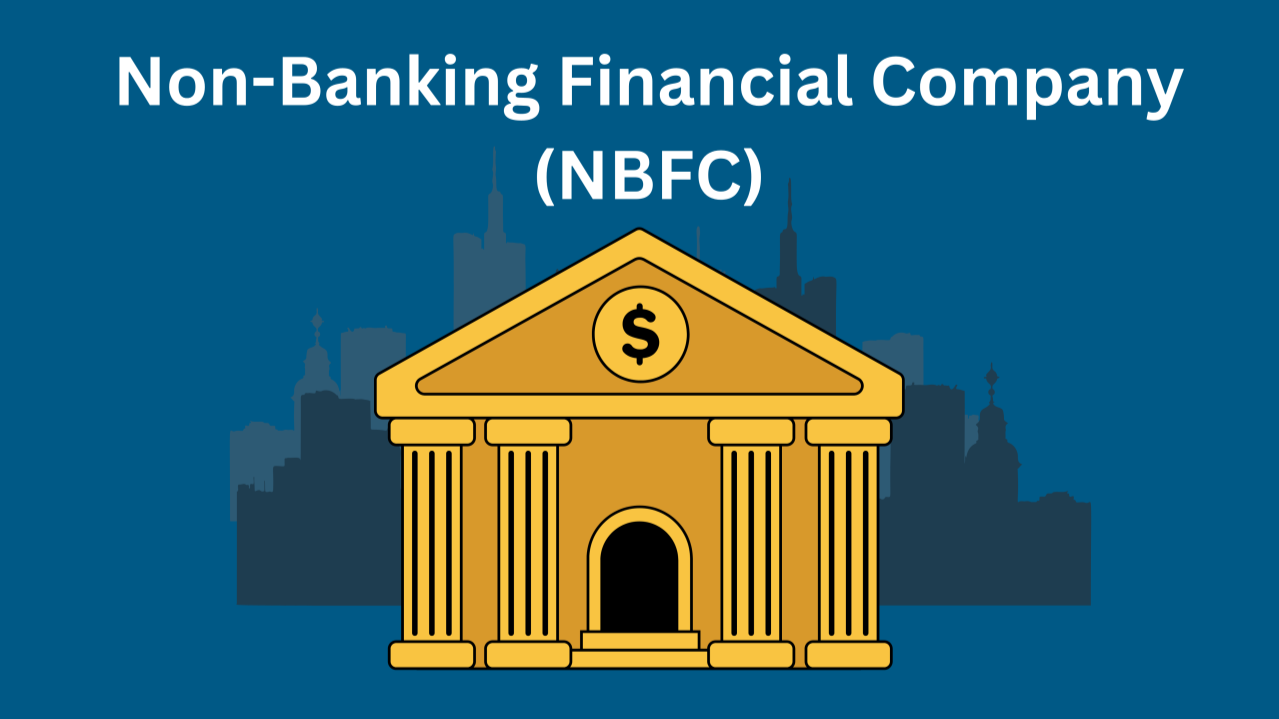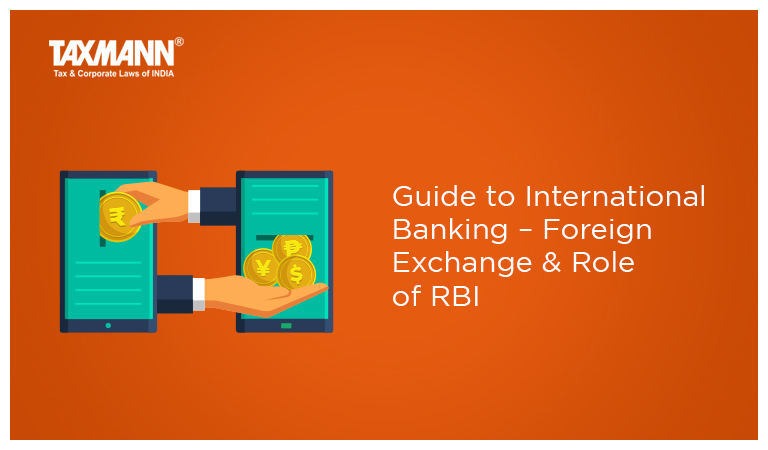India’s gig economy is expanding rapidly, transforming the traditional concept of employment. From delivery partners and freelancers to tech consultants and digital creators, gig workers now make up a large and growing segment of the workforce. However, one major challenge they face is access to credit — a space where Non-Banking Financial Companies (NBFCs) are stepping up with innovative, flexible loan solutions.
In this blog, we’ll explore how NBFCs are empowering gig workers and freelancers while highlighting the importance of NBFC Registration in India and compliance with the RBI’s NBFC license framework.
The Gig Economy: India’s New Workforce
The gig economy thrives on flexibility and independence. Workers take up short-term projects or freelance contracts, often juggling multiple income sources. However, unlike traditional salaried employees, they lack consistent income proofs and formal credit histories, which makes it difficult to access traditional bank loans.
This is where NBFCs — with their agility, technology-driven models, and alternative data assessment — are filling the gap.
How NBFCs Are Supporting Gig Workers
1. Flexible and Custom Loan Structures
NBFCs have designed products like micro-loans, instant personal loans, and income-based credit lines tailored for freelancers and independent professionals. These loans are often disbursed digitally, with minimal documentation and faster approval.
2. Alternative Credit Assessment
Instead of relying solely on CIBIL scores, NBFCs assess gig workers’ earning potential using digital transaction data, invoices, and platform-based income records. This innovative approach improves financial inclusion for millions of informal earners.
3. Technology Integration
With digital onboarding and AI-driven credit scoring, NBFCs streamline the lending process. Entrepreneurs looking to enter this sector can now easily apply for NBFC Registration online in India or obtain an NBFC license online to launch similar lending platforms.
4. Partnership with Gig Platforms
Several NBFCs are collaborating with gig platforms and digital marketplaces to offer pre-approved loans or embedded finance solutions, ensuring easy access to working capital and emergency funds.
Importance of NBFC Registration and Licensing
To legally operate in India’s financial market, companies must obtain an NBFC License in India from the Reserve Bank of India (RBI). This ensures regulatory compliance, investor confidence, and long-term sustainability.
Here’s how the process works:
- Apply for NBFC Registration Online in India by submitting the necessary documents and financial statements.
- Ensure compliance with the RBI’s net-owned fund requirements and corporate governance norms.
- Seek expert guidance from an NBFC Registration Consultant in India to streamline the application and approval process.
- Once approved, the company receives an NBFC license from RBI in India, allowing it to offer lending, leasing, and financial services.
Professional NBFC registration consultants assist with documentation, compliance audits, and submission of applications for Online NBFC Registration in India, ensuring a smooth approval process.
The Broader Impact on India’s Economy
By catering to gig workers and freelancers, NBFCs are driving financial inclusion and supporting India’s digital transformation. Their innovative credit models not only empower individuals but also contribute to the country’s entrepreneurial growth and employment generation.
Conclusion
The synergy between NBFCs and the gig economy marks a new era of inclusive finance. As gig workers continue to redefine employment, NBFCs are ensuring they have equal access to credit through digital innovation and customized lending.
For entrepreneurs, obtaining an NBFC license from RBI in India or applying for NBFC Registration online opens the door to this fast-growing segment — one that promises both profitability and social impact.
With the right regulatory compliance and support from an experienced NBFC registration consultant, India’s financial ecosystem is well on its way to becoming more inclusive, tech-enabled, and responsive to the needs of the modern workforce.









